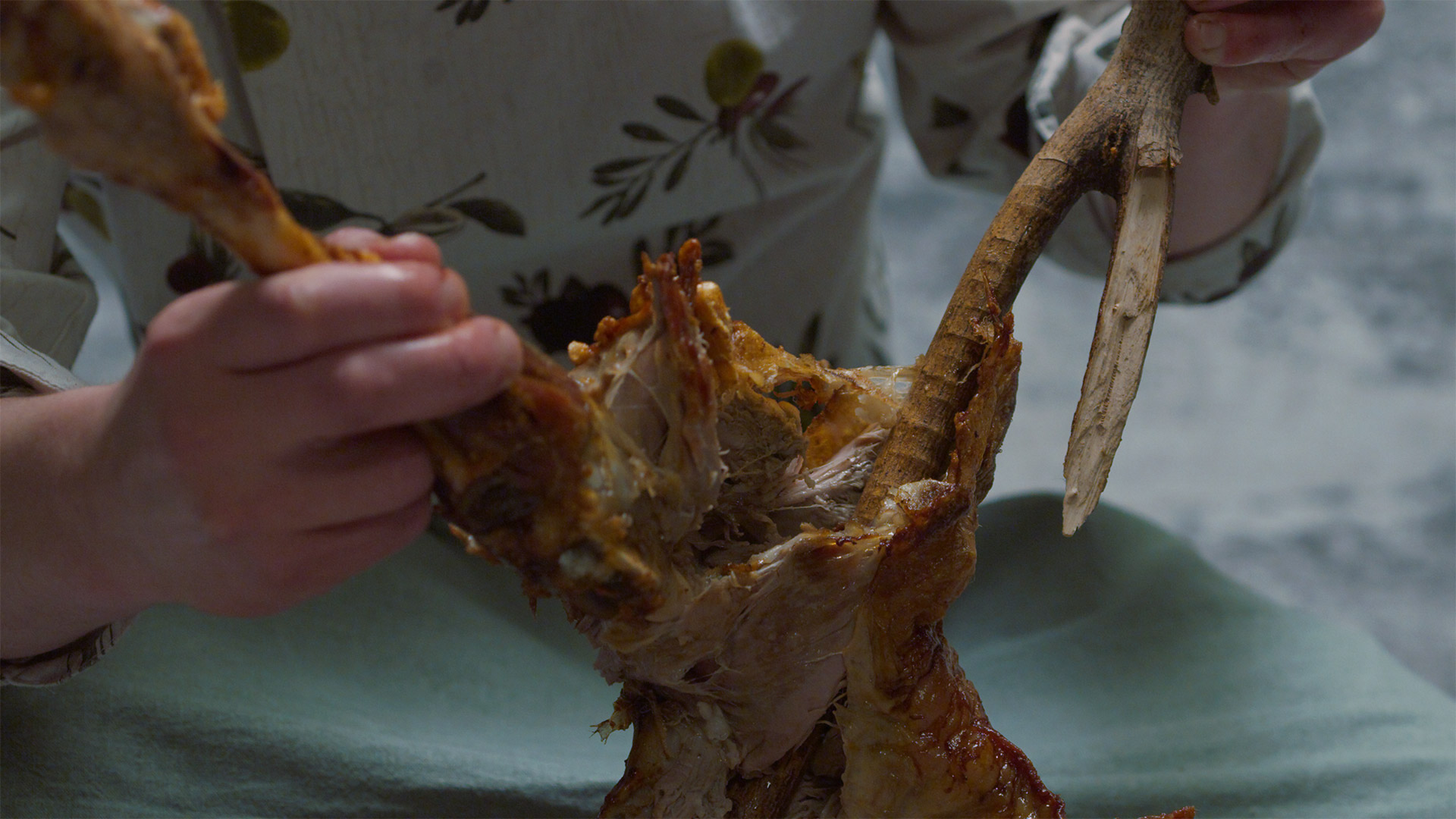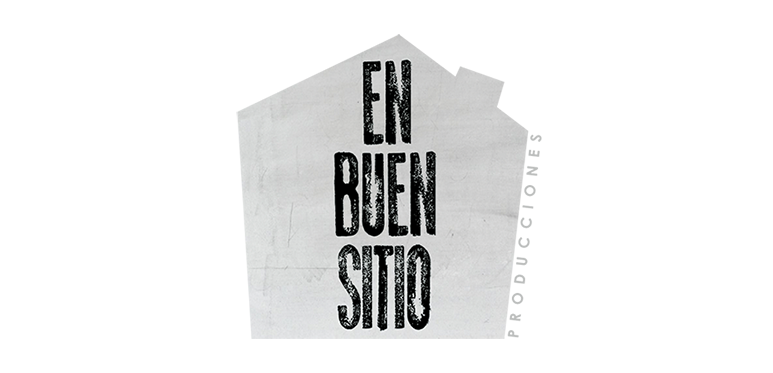Navarra inmaterial – Nafarroa inmateriala
Credits ↴
Book ↴
® All rights reserved 2021
Navarra inmaterial – Nafarroa inmateriala
Credits ↴
Book ↴
® All rights reserved 2025
Zikiro
Zikiroa
Zikiro
CAST
|
EUS
|
ENG
Alimentación
Técnica
Elikadura
Teknika
Cuisine
Technique
Zugarramurdi
Nacho Gómara Duelo
Cascante
Verduarte Jatetxea (Pamplona)
Nacho Gómara Duelo
Cascante
Verduarte Jatetxea (Pamplona)
Zugarramurdi
Nacho Gómara Duelo
Cascante
Verduarte Jatetxea (Pamplona)
Nacho Gómara Duelo
Cascante
Verduarte Jatetxea (Pamplona)
Zugarramurdi
Nacho Gómara Duelo
Cascante
Verduarte Jatetxea (Pamplona)
Nacho Gómara Duelo
Cascante
Verduarte Jatetxea (Pamplona)
“En mi casa, en mi familia hay una riqueza gastronómica brutal. Zikiro se hace en un día de fiesta, en la cocina todos los días tiene que ser una fiesta”.
Cordero asado que consiste en grandes trozos de cordero (s. XVII). Como manda la tradición, el 18 de agosto coincidiendo con el último día de las fiestas patronales de esta localidad baztanesa en Zugarramurdi, en la Cueva Grande el 'zikiro jate' que reunirá acerca de un millar de comensales. Asado al estilo de la Pampa Argentina (churrasco), aliñados con salsa 'salmuera' y con una guarnición de alubias blancas.
El emblema central del “zikiro” es el cordero pastenco asado a la estaca con palos de avellano, durante tres o cuatro horas, que servirá de primer plato. Tras el zikiro, se servirá la “Zugarramurdiko piperrada” y la sopa, acabando el menú con el postre de queso, café y los licores, principalmente pacharán.
“Gure etxean, gure familian, aberastasun gastronomiko itzela dago. Zikiroa jai-egun batean egiten da. Sukaldean egun oro jai-eguna da”.
Arkume errea,* zik- " –moztu– morfematik, arkume-zati handietan datzan irentzea (XVII. mendea). Tradizioari jarraiki, abuztuaren 18an egiten da Zugarramurdin, Leize Handian, Baztango herri horretako jaien azken egunean. Zikiro-jateak mila bat mahaikide biltzen ditu. Argentinako Pamparen estiloko errekia (haragi txigortua), ‘gatzun’ saltsarekin ondua eta babarrun zuriz egindako hornigaiarekin.
Zikiroaren ikur nagusia arkume pastenkoa da, hurritz-makilekin hiruzpalau orduz hesolara errea; lehen platera izaten da. Zikiroaren ondoren, "Zugarramurdiko piperrada" eta zopa zerbitzatzen dira, eta, amaitzeko, gazta, kafea eta likoreak, gehien bat patxarana.
“At the beginning of the 19th century most of the musicians hired by town halls were txistularis. It’s easy and comfortable to carry. And right away people associate it with a festive atmosphere.”
Roasted lamb. The word zikiro comes from zik – cutting and castrating (17th century) – According to the tradition, on August 18, the last day of the patronal festival in this Baztan Valley town, close to a thousand people gather in the Cave of Zugarramurdi for the zikiro jate. Scores of lamb pieces are grilled Argentinian Pampa style (churrasco), seasoned in brine, and served with a side of white beans.
The central element of the zikiro is weaned lamb roasted on hazel sticks for three or four hours, which makes up the first course. After the zikiro, come the Zugarramurdiko piperrada (sautéed vegetables with sweet pepper) and the soup, ending with a dessert of cheese, coffee, and liqueurs, especially pacharán.
Ver detalles:

1



